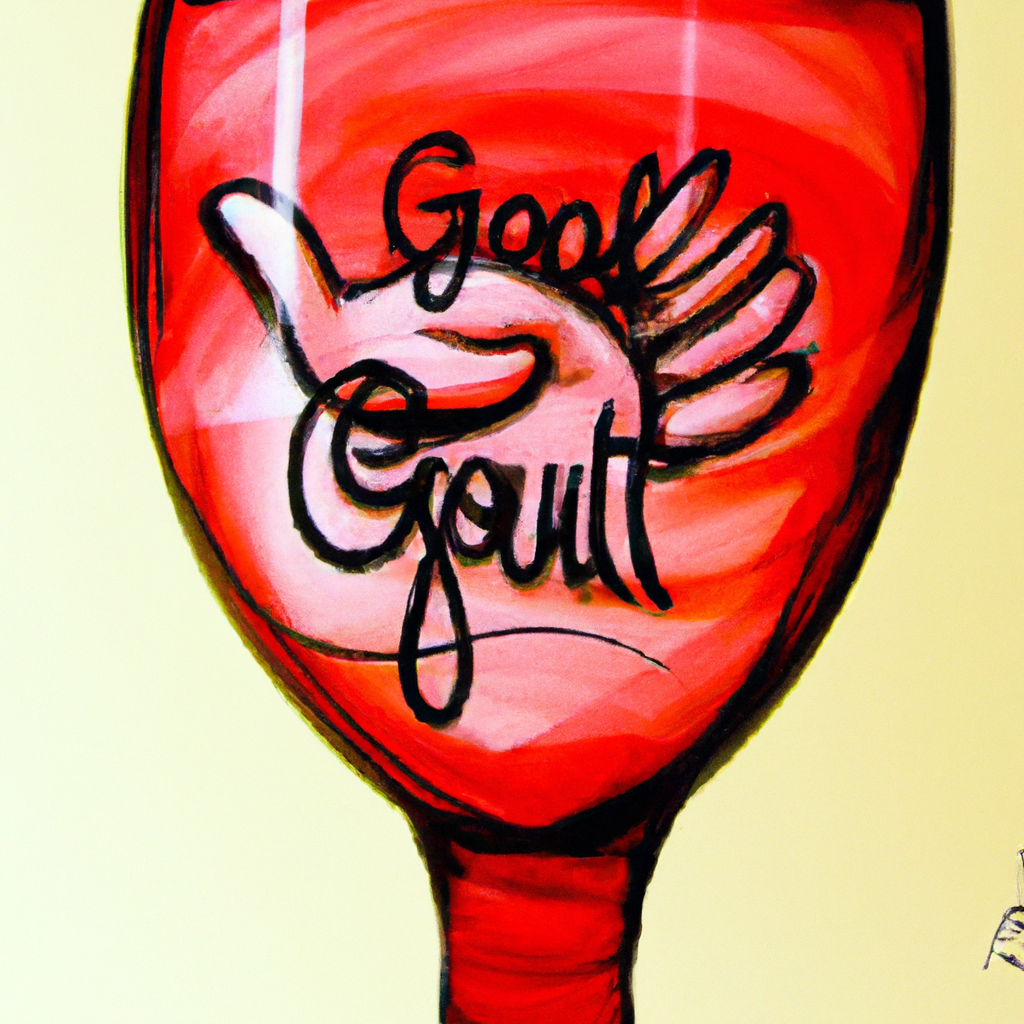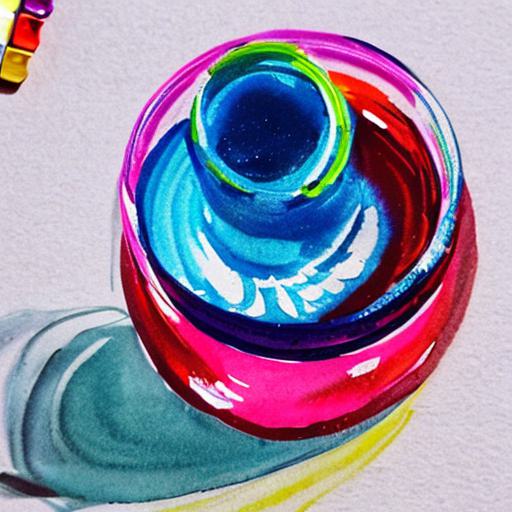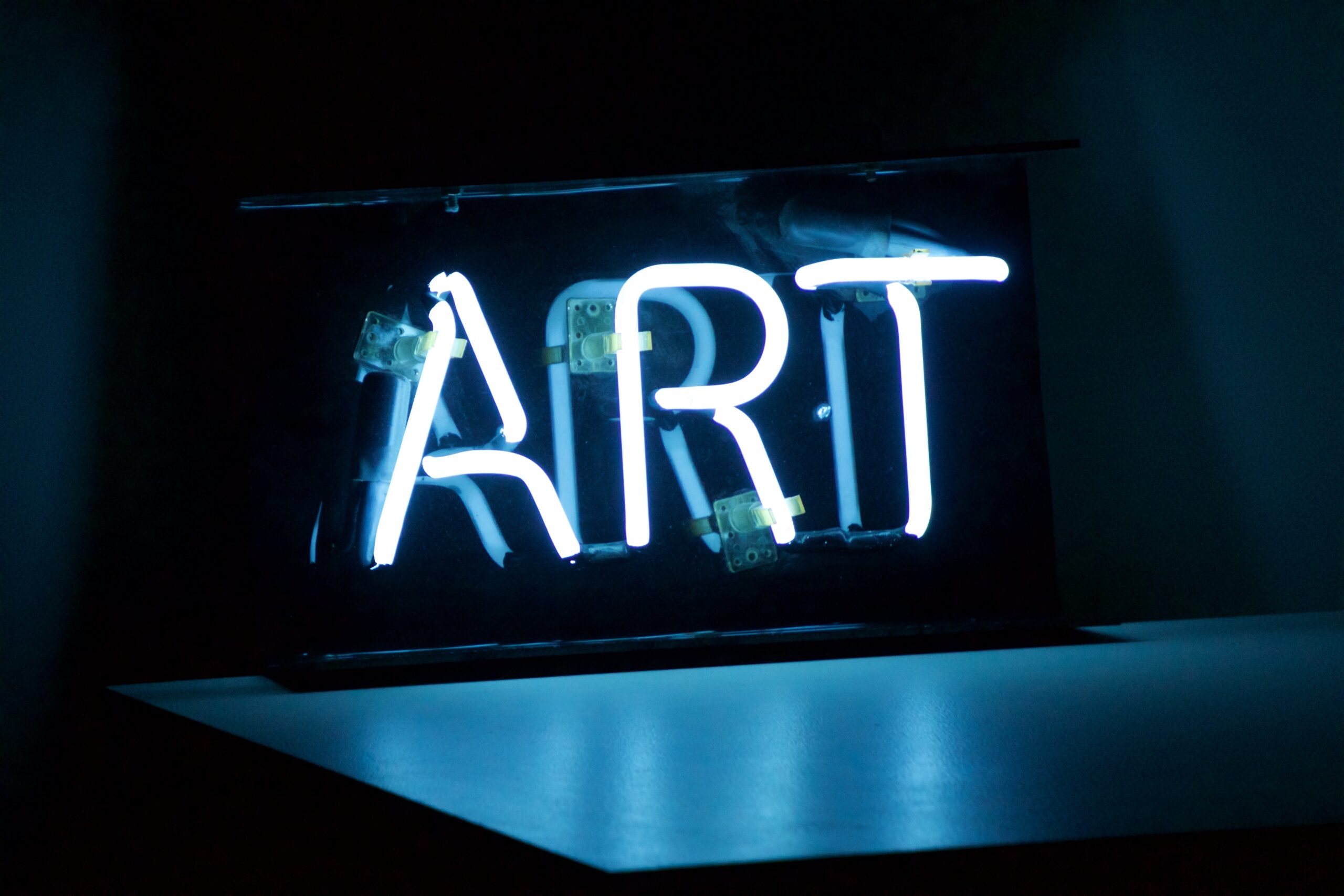Gouache paint is known for its versatility and ability to adhere to various surfaces, but can it be used on glass? This article explores the possibility of utilizing gouache paint on glass, highlighting the key considerations and techniques involved. From understanding the properties of gouache paint to preparing the glass surface properly, this article aims to provide invaluable insights for artists and enthusiasts seeking to experiment with this unique medium. Whether you’re looking to create vibrant window displays or decorative glass art, discover the potential of using gouache paint on glass and uncover the secrets to achieving stunning results.

This image is property of images.unsplash.com.
What is Gouache Paint?
Gouache paint, also referred to as opaque watercolor, is a type of paint that is known for its vibrant colors and matte finish. This unique paint consists of a pigment mixed with a binding agent, usually gum arabic, which allows it to adhere to various surfaces, including glass. Unlike traditional watercolor paint, gouache paint has a higher pigment concentration, giving it a more opaque and vibrant appearance. It is a versatile medium that is widely used by artists and designers for various artistic projects.
Definition
Gouache paint is a type of opaque watercolor paint that is characterized by its high pigment concentration, resulting in vibrant colors and a matte finish. It is often used by artists and designers for a variety of artistic projects and can be applied to different surfaces, including glass.
Characteristics
Gouache paint has several distinct characteristics that set it apart from other types of paint. Firstly, it has a high pigment concentration, which gives it a more opaque appearance compared to traditional watercolor paint. This opacity allows for more vibrant and bold colors to be achieved. Secondly, gouache paint dries to a matte finish, which can provide a unique and subtle texture to artworks. Additionally, gouache paint can be reactivated with water even after it has dried, allowing for easy blending and corrections.
Uses
Gouache paint is a versatile medium that can be used for various artistic and design purposes. Its opaque and vibrant colors make it an excellent choice for creating illustrations, posters, and graphic design projects. It can also be used for decorative purposes on glass surfaces, such as painting glass jars or creating stained glass-like effects. Additionally, gouache paint can be used in mixed media projects or combined with other painting techniques to create unique and visually stunning artworks.
Preparation
Before applying gouache paint on glass, it is essential to properly prepare the surface to ensure optimal adhesion and longevity of the paint. The following steps outline the preparation process:
Clean the Glass Surface
Begin by thoroughly cleaning the glass surface using a mild detergent or glass cleaner. This will help remove any dirt, dust, or grease that may prevent the paint from adhering properly. Ensure that the surface is completely dry before proceeding to the next step.
Apply a Base Coat
To enhance the adhesion and durability of the gouache paint, it is recommended to apply a base coat of primer specifically formulated for glass surfaces. This primer will create a smooth and stable surface for the paint to adhere to.
Mixing the Gouache Paint
Before applying the gouache paint on glass, it is important to mix the paint thoroughly to ensure even consistency and color distribution. Gently stir the paint using a clean palette knife or a similar tool, being careful not to introduce air bubbles into the paint. Add small amounts of water if necessary to achieve the desired consistency.
Methods of Applying Gouache Paint on Glass
Once the preparation process is complete, there are several methods available for applying gouache paint on glass. The choice of method depends on the desired effect and personal preference. The following methods are commonly used:
Direct Brush Application
One of the most straightforward methods of applying gouache paint on glass is through direct brush application. Using a clean and soft brush, carefully apply the paint onto the glass surface. This method allows for precise control and detail while painting. Multiple layers may be required to achieve the desired opacity and intensity of colors.
Spray Application
The spray application method involves using an airbrush or a spray bottle to apply the gouache paint onto the glass surface. This method is particularly useful for creating even and smooth gradients or for covering large areas quickly. It requires some practice to achieve the desired effect, as controlling the spray can be challenging.
Sponge Application
The sponge application method involves using a sponge or a sponge brush to apply the gouache paint onto the glass surface. This method allows for a textured and irregular appearance, making it suitable for creating unique and artistic effects. It can be particularly effective for creating backgrounds or abstract designs.
Techniques for Achieving Desired Effects
To create various effects and textures with gouache paint on glass, there are specific techniques that can be employed. These techniques can enhance the visual appeal and add depth to the artwork. The following techniques are commonly used:
Opaque Effects
Gouache paint is well-known for its ability to create opaque effects. To achieve an opaque appearance, apply multiple layers of paint, allowing each layer to dry before adding the next. This layering technique allows for more intense colors and a solid, non-transparent finish.
Translucent Effects
While gouache paint is primarily opaque, it can also be manipulated to create translucent effects. To achieve a translucent appearance, dilute the paint with water to create a more sheer consistency. Apply the diluted paint in thin layers, allowing the underlying layers to show through. This technique is useful for creating ethereal and delicate effects.
Layering and Blending
Layering and blending are techniques commonly used in gouache painting to create dimension and depth. By applying multiple layers of paint and blending them together, a smooth transition between colors can be achieved. This technique is particularly useful for creating gradients, shadows, and highlights in a painting.

This image is property of images.unsplash.com.
Drying and Curing
Once the gouache paint is applied on glass, it is essential to allow it to dry and cure properly for optimal results. The following methods can be used for drying and curing gouache paint on glass:
Air Drying
Gouache paint naturally dries to a matte finish through the process of air drying. It is important to allow sufficient time for the paint to dry completely before handling or moving the glass object. The drying time can vary depending on factors such as humidity and the thickness of the paint layers.
Heat Setting
To expedite the drying process and create a more durable finish, heat setting can be employed. Heat setting involves using a heat source, such as an oven or a heat gun, to dry and cure the gouache paint. It is crucial to follow the manufacturer’s instructions regarding temperature and duration to prevent any damage to the glass or the paint.
Fixatives and Sealants
To protect the gouache paint and enhance its longevity on glass, the use of fixatives and sealants is highly recommended. Fixatives help prevent smudging and ensure that the paint adheres securely to the glass surface, while sealants protect the paint from moisture, UV rays, and other external factors. The following steps outline the use of fixatives and sealants:
Using Fixatives
After the gouache paint has dried, apply a fixative specifically designed for gouache paint. Follow the manufacturer’s instructions regarding application methods and drying times. Fixatives help prevent the paint from smudging or rubbing off and provide a protective layer.
Sealing the Paint
To further protect the gouache paint, apply a clear sealant or varnish over the painted surface. Select a sealant that is suitable for glass surfaces and follow the manufacturer’s instructions for application. Sealants provide an additional layer of protection against moisture, UV rays, and general wear and tear.

This image is property of images.unsplash.com.
Potential Challenges and Solutions
When working with gouache paint on glass, certain challenges may arise. However, with proper techniques and solutions, these challenges can be overcome. The following are some potential challenges and their corresponding solutions:
Adhesion Issues
In some cases, the gouache paint may not adhere properly to the glass surface, resulting in poor adhesion or peeling. This can be prevented by ensuring that the glass surface is thoroughly cleaned and free from any residue or debris. Applying a suitable primer or base coat can also enhance adhesion.
Cracking or Peeling
If the gouache paint cracks or peels after drying, it may be due to inadequate drying time or improper application. Allow sufficient drying time between layers and ensure that each layer is fully dry before adding the next. Applying thin layers and using a suitable fixative or sealant can also help prevent cracking or peeling.
Washing and Durability
Gouache paint may not be as washable or durable as other types of paint. To maintain the longevity of the paint on glass, avoid excessive washing or rubbing of the painted surface. Handwashing with mild soap and water is generally recommended. Applying a sealant or varnish can also provide additional protection against moisture and general wear and tear.
Precautions and Safety Measures
When working with gouache paint on glass, it is important to take necessary precautions and follow safety measures to ensure a safe and enjoyable painting experience. The following precautions should be taken:
Ventilation
Ensure that the painting area has proper ventilation to prevent the buildup of fumes from the paint. If working indoors, consider opening windows or using a ventilation fan. Adequate ventilation helps maintain a safe environment and prevents the inhalation of harmful substances.
Protective Gear
Wear appropriate protective gear, such as gloves and a smock or apron, to protect your skin and clothing from the paint. Gouache paint, like other paints, may contain potentially harmful substances. It is recommended to read the manufacturer’s safety instructions and use protective gear accordingly.
Proper Disposal
Dispose of any leftover paint, containers, and brushes responsibly. Follow local regulations for disposal of paint and related materials. Avoid pouring paint down drains or sewers, as it can harm the environment. Consider recycling or reusing containers whenever possible.

Frequently Asked Questions
Is Gouache Paint Waterproof on Glass?
No, gouache paint is not inherently waterproof on glass surfaces. While gouache paint can be adhered to glass and provides a durable finish, it is not entirely impervious to water. The use of a sealant specifically designed for glass surfaces can make the paint more resistant to water.
Can I Bake Gouache Paint on Glass?
Baking gouache paint on glass is not recommended. Gouache paint is primarily water-based, and subjecting it to high temperatures can cause the paint to burn or discolor. It is best to allow the gouache paint to air dry or use a heat source specifically designed for drying paint.
Can I Use Gouache Paint on Glass Jars?
Yes, gouache paint can be used on glass jars to create decorative designs or personalized labels. The preparation process, including cleaning and priming, should be followed to ensure optimal adhesion. Apply the gouache paint using the desired method, and once dry, consider applying a sealant for added protection.
Conclusion
Gouache paint can be successfully used on glass surfaces, providing artists and designers with a versatile medium for creating vibrant and unique artworks. By following the proper preparation techniques, selecting the appropriate application methods, and employing different painting techniques, one can achieve the desired effects and create visually stunning artworks. With the addition of fixatives and sealants, the longevity and durability of the gouache paint on glass can be enhanced, ensuring the artwork remains protected. Taking the necessary precautions and following safety measures will contribute to a safe and enjoyable painting experience.



